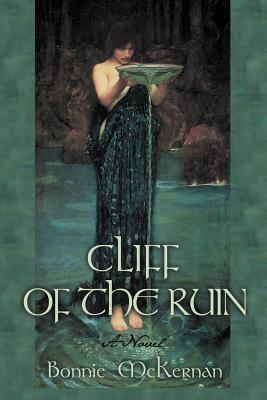
The book is gripping and well told, like the best Irish tales (though unlike many of the best Irish tales, quite a number of the main characters actually survive the story). The characters are complicated and interesting, with well-developed personalities, their backstories revealed deftly in glances and glimpses, which enhance rather than intrude on the plot. The plot itself flows beautifully, deepening and drawing the reader in further with each turn of the page. The historical and cultural settings add depth and interest to the tale – the struggle for married women’s rights of personhood under the law, the American Civil War, the Irish Troubles, and other events of the times all contribute to the rich backdrop against which the tale is told. The author sets scenes with an artist’s flair, portraying both scenes and relationships vividly with a few well-chosen words in the right place. The writing is wry and humorous in places, deeply touching in others, and never, ever clumsy.
The only minor flaw noted in the book is the regular misspelling of a few words and/or names. The author repeatedly uses “alter” where “altar” is required, substitutes “desserting” for “deserting” at least once, and spells the Gaelic names “Niamh” and “Aoife” as “Niahm” and “Aiofe”. Most difficult to overlook of all, in a novel concerning the Fair Folk, is the spelling of “sidhe” as “shee”. However, these errors do not detract too much from the novel, since the story itself is so well written.
This is an entertaining and thought-provoking story, providing both lighthearted amusement and a deeper perspective on the meaning of love, faith and forgiveness. It will be thoroughly enjoyed by fans of good love stories, fairy tales, and/or Irish legends. Reviewed by Catherine Langrehr for IndieReader.

